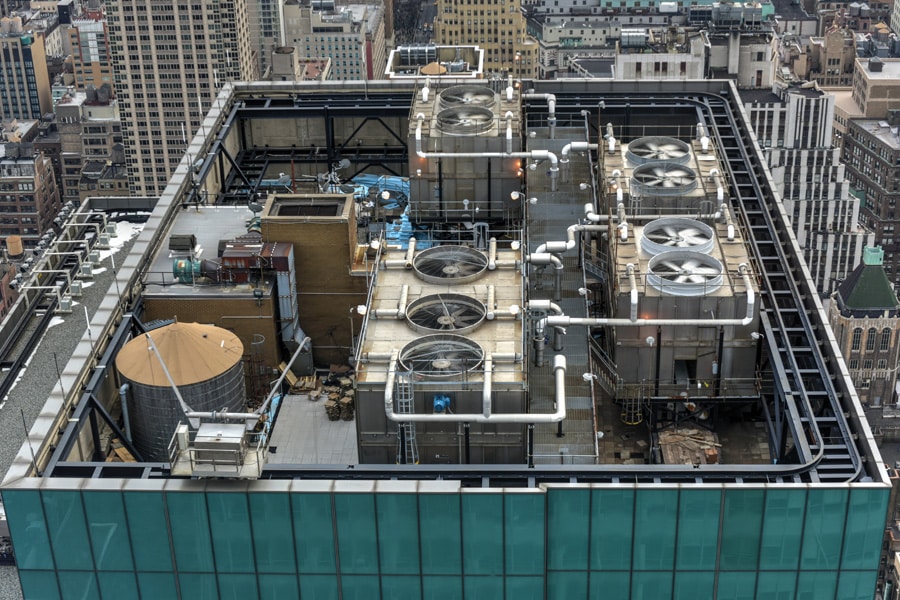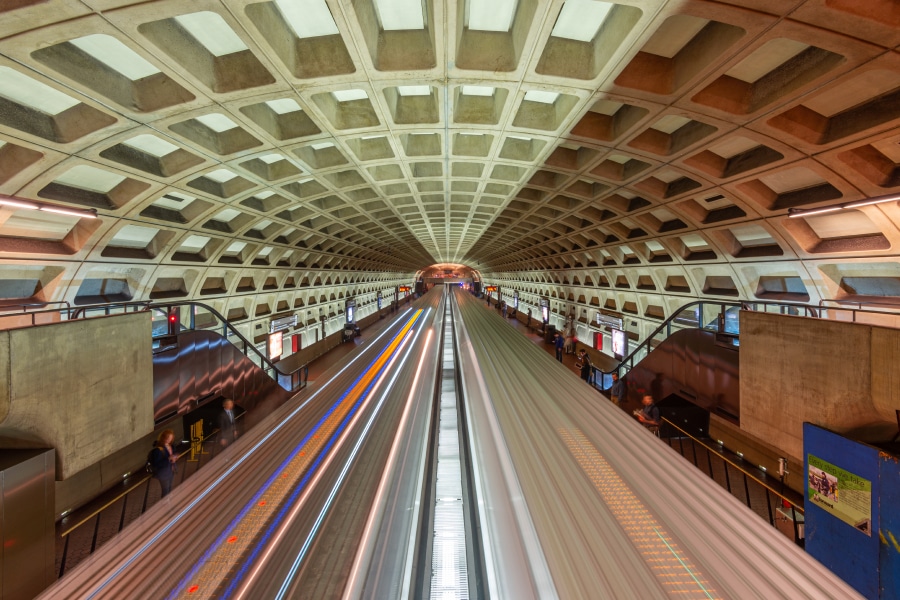During the COVID-19 pandemic, the air treatment systems market experienced unprecedented growth that’s expected to continue with consumer and commercial demand for air purifiers. That’s why architects and building designers are incorporating bi-polar ionization technology into new and existing building plans—both commercial and residential.
BPI tubes, added to existing or new building HVAC systems, neutralize airborne contaminants—viruses, germs, mold, volatile organic compounds (VOCs) and coronavirus—and also make buildings more sustainable.
Tony Abate, vice president and chief technology officer at AtmosAir Solutions, an indoor air purification and monitoring technology company in Fairfield, Connecticut, spoke about why the construction industry is incorporating bi-polar ionization technology into new and existing buildings.
“Indoor air quality, especially the spread of airborne illness, has come into sharp focus because of the pandemic,” Abate said. “BPI, with its ability to actively disinfect air in the occupied space with no need to redesign complex mechanical systems, is an efficient and cost-effective option to offer clean and healthier air to building occupants.”
Also, as occupants are demanding a safe and healthy space, this technology, combined with indoor air quality monitoring, can give constant assurance of a healthy indoor environment.
Reasons behind BPI incorporation
BPI, unlike many other passive air cleaning technologies, doesn’t restrict HVAC airflow, and systems use very little power to operate. For example, Abate said a system sized to treat 15,000 square feet operates on only 50 watts of power.
“Using air cleaning technology can allow you to bring in less mechanically introduced outside air and significant savings can result,” he said. “The ability to use less non-renewable energy will reduce the carbon footprint of a building and add to overall sustainability goals.”
This technology can reduce costs as much as 25% on a building’s energy bills, Abate said.
“By the ability to reduce mechanically introduced outside air, the building will recirculate more air that has already been conditioned to comfort,” Abate said. “Since this air doesn’t need to be treated like unconditioned outside air, the HVAC system cycles fewer times and for shorter durations.”
Thus, savings in electricity, gas, generated steam, chilled water and even oil will likely result. Since HVAC is the largest user of energy in any building and conditioning outside is the largest user of energy in the HVAC system, Abate said the reductions are significant.
Indoor air quality monitoring vital
“We are surely living in an age of increased awareness of all things going on around us. Air quality cannot be seen and sometimes not felt until severe health symptoms occur,” Abate said. “Indoor air quality monitoring helps make the invisible visible to ensure occupants that measures the building has taken have produced a healthier, cleaner and more sustainable environment for all.”
One AtmosAir Solutions success story: Empire State Realty Trust (ESRT) wanted better improved air quality and lower overall energy costs. ESRT conducted third-party testing for Energy Star certification. With AtmosAir technology installed at 250 W. 57th St. in Manhattan, ESRT achieved the results it desired.
AtmosAir has been working with ESRT for more than five years to help create a healthier, more sustainable environment throughout its office buildings. AtmosAir also helped ESRT achieve Energy Star certification.
AtmosAir is installed at six other ESRT Buildings in New York City: Empire State Building, One Grand Central Place, 1400 Broadway, 1350 Broadway, 501 7th Ave. and 111 W. 33rd St.












